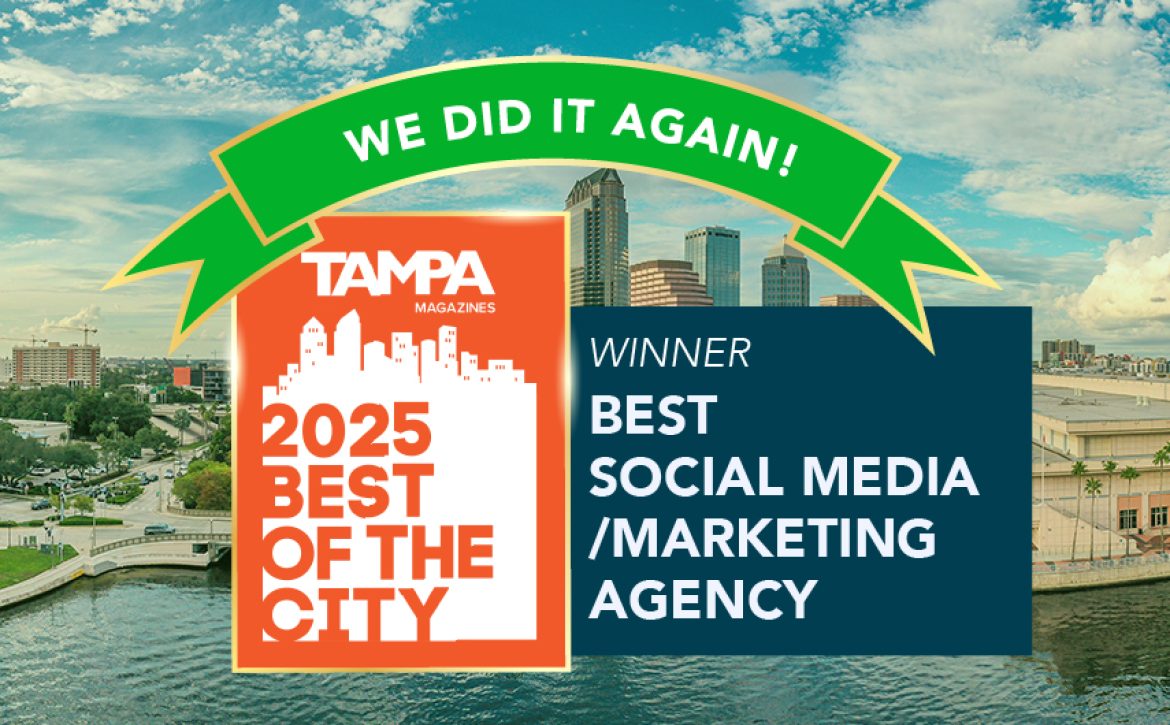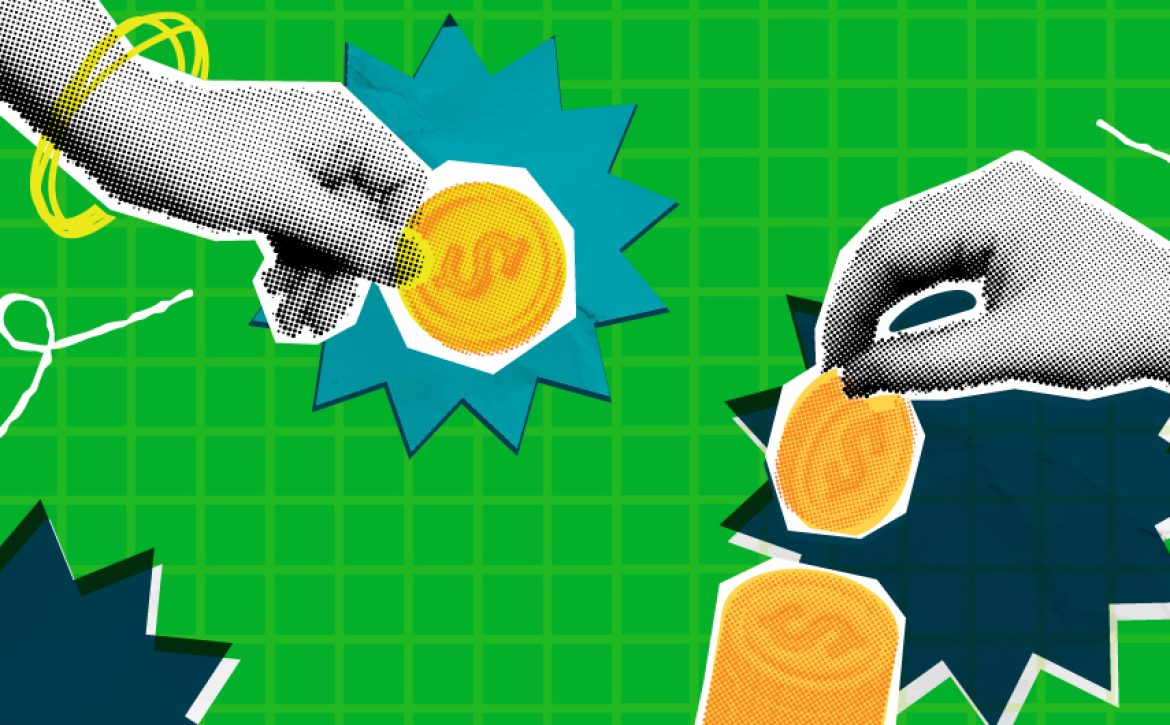- Balances at attractive cost: Campaigns that capture deposits without chasing high rates.
- NIM: Campaigns that improve net interest margin by expanding profitable relationships.
- Fee driver: Campaigns that generate non-interest income (like interchange).
- Primacy: Campaigns that deepen the relationship, positioning your bank as the primary institution.
- Business Cross-Sell
Commercial clients often represent the largest unrealized opportunity within a bank’s portfolio. Many businesses maintain only a loan relationship, with deposits and operating accounts held elsewhere. By analyzing customer data to identify loan-only businesses or commercial accounts with limited deposit balances, banks can flag where deeper opportunities exist.
Engaging these businesses with deposit, treasury, and payment solutions captures balances at a low cost of funds while transforming the relationship from transactional to primary. Over time, this shift not only secures more stable commercial deposits but also strengthens loyalty and often leads to personal household banking relationships from business owners and employees.
- Checking Cross-Sell
Checking accounts remain the foundation of primacy. Yet many households still interact with their bank through only a single product, such as a mortgage or savings account. By using internal data to flag single-service households or lending-only relationships, banks can identify prime targets for checking cross-sell campaigns.
When customers begin managing everyday transactions such as direct deposits, bill payments, and daily spend through their checking account, the bank becomes central to their financial life. That daily engagement anchors the relationship, making it harder for competitors to displace and creating a natural path for further cross-sell.
- Checking Up-Sell
Customer needs evolve, but too often their accounts remain static. Many households are still sitting in basic entry-level checking products despite life changes like buying a home, starting a family, or building wealth. By segmenting customers with higher balances in basic accounts or identifying households at key life stages, banks can uncover who is ready to move into a more rewarding product.
Guiding these customers into upgraded checking options demonstrates awareness of their needs, provides benefits aligned with their lifestyle, and deepens engagement. The result is higher balances, stronger satisfaction, and a relationship that feels like it grows alongside the customer.
- Debit Card Activation
Every bank has checking customers who either don’t have a debit card or rarely use the one they were issued. These underutilized accounts represent missed opportunities for primacy and non-interest income. Transaction monitoring can quickly surface households with little or no card activity, making them prime candidates for targeted activation efforts.
When customers begin using their card for daily purchases, the bank integrates itself into their everyday routines. Each swipe or tap reinforces the bank’s role in their financial lives while generating interchange revenue. More importantly, frequent usage builds habit and loyalty in a way that rate offers cannot replicate.
- Money Market & Savings Cross-Sell
Households with extra wallet capacity often leave excess balances in checking or move them outside the bank entirely. Internal data makes it possible to pinpoint customers with consistently high checking balances, large recurring deposits, or other indicators of unused savings’ potential.
Introducing money market or savings products to these households captures balances at an attractive cost of funds while giving customers flexible options to grow their money. These accounts also act as anchors, once a customer builds savings with the bank, they are far less likely to shift the relationship elsewhere.
- CD Cross-Sell
Certificates of Deposit remain a valuable tool when priced and targeted strategically. Instead of broadly promoting high-yield CDs that attract hot money, banks can use data to identify households with larger balances, maturing savings, or a preference for predictable returns.
By offering competitive but measured rates to the right segments, such as retirees seeking stability or savers nearing maturity, banks can secure committed balances without driving churn. CDs provide predictability on the funding side while buying the institution more time to deepen broader customer relationships.
- Prospect Acquisition
While acquisition is the most resource-intensive campaign, it is also essential for long-term growth. Banks face natural attrition each year, and without a consistent flow of new households, the balance sheet gradually erodes. Market data and segmentation tools help identify high-potential households in a bank’s footprint, while lookalike modeling pinpoints prospects who share characteristics with the institution’s most profitable customers.
Timing is equally important. By layering in triggers such as new movers or homebuyers, banks can reach prospects at moments of transition, when they are most open to switching. Starting these relationships with primacy in mind ensures that new-to-bank customers don’t just bring balances, but also long-term growth potential.
The Data-Driven Advantage
All seven of these campaigns are fueled by data. Internal customer files reveal which households have untapped capacity, which accounts are underutilized, and which life stage changes create new needs. By analyzing this information, banks can uncover opportunities that would otherwise go unnoticed and align the right campaign with the right audience.
Data ensures that growth isn’t built on promotions that fade, but on relationships that deepen. It shifts the focus from chasing dollars to cultivating long-term primacy and profitability.
The banks that consistently win deposits treat these campaigns as ongoing programs, not one-off promotions. A disciplined approach begins with identifying gaps in the customer base, modeling potential outcomes, and executing with precision. Results are tracked and refined, turning deposit growth into a repeatable, proactive process rather than a reaction to market shifts.
The Bottom Line
Every bank has untapped opportunities within its own database. By letting data guide which of these seven deposit campaigns to prioritize, institutions can grow deposits at attractive costs, improve NIM, generate fee income, and build primacy.
Deposit growth isn’t about chasing the next rate; it’s about uncovering and activating the value already within reach.
At Whale, we help banks identify these opportunities and turn them into sustainable campaigns that drive growth. Fill out the form below and let’s dive in.


















